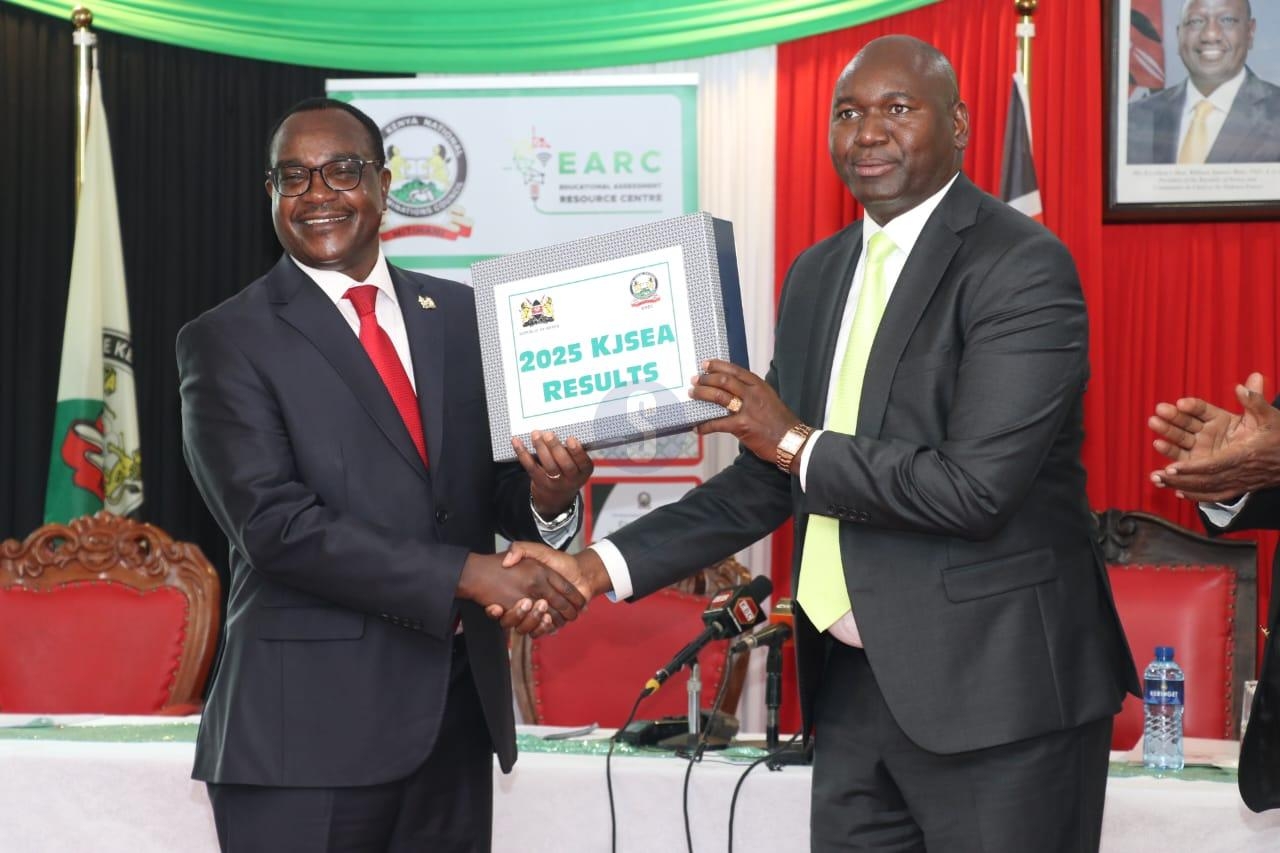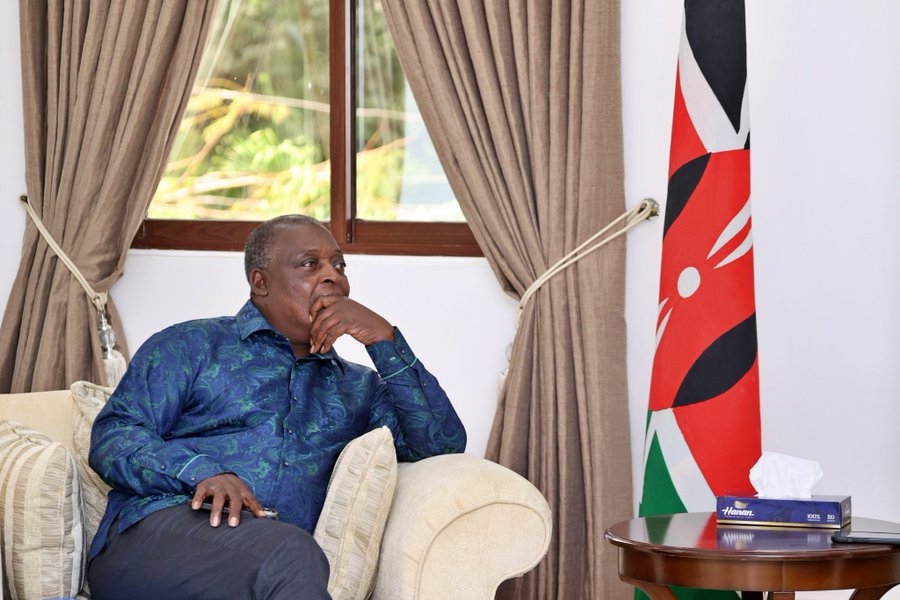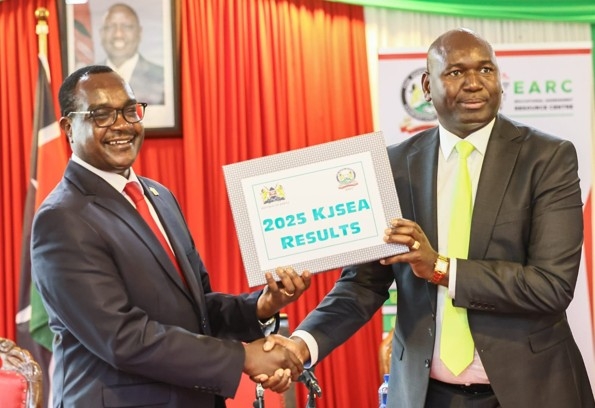
WRTI Director Dr Patrick Omondi/ WRTI
The Wildlife Research and Training Institute has partnered
with the University of Minnesota and Macalester College in a new project aimed
at deepening scientific understanding of lion behaviour.
The three-year
project, known as the Tsavo Simba Research Project, seeks to promote effective conservation
strategies, enhance and build local research capacity within the Tsavo
Conservation Area, one of Kenya’s most ecologically significant landscapes.
“The long-term study
entails monitoring the movement of lions in real time so that we can inform
human lion conflict,” WRTI Director Dr Patrick Omondi told the Star on the
phone.
The Tsavo ecosystem
covers an area of approximately 49,611 km².
The ecosystem occupies parts of Taita Taveta, Kilifi, Kwale,
Makueni and Kitui counties.
It borders Kitui to the north, Tana River to the east,
Kilifi to the southeast, Kwale to the South, Kajiado to the west, and Makueni to
the northwest. It also borders Tanzania’s Mkomazi National Park to the southeast,
forming a key transboundary conservation area in Africa.
The project was launched on Tuesday in a meeting presided
over by the institute’s chair of the Board’s Research, Training, and Academics
Committee, Dr Albert Long’ora.
The collaborative research project aims to deepen scientific
understanding of lion behaviour.
As part of the partnership, the project is equipped with
cutting-edge technology, including GPS collars, remote camera traps,
state-of-the-art optical equipment and the introduction of a new lion
monitoring software named LEOS.
These tools will significantly enhance real-time tracking, data collection and long-term ecological monitoring of lion populations across Tsavo.
Omondi said the project underscores the institute’s commitment
to advancing science-based conservation through international collaboration,
knowledge exchange and the integration of technology in wildlife research and
management.
He said they will be able to know in real time where the
king of the jungle is.
“If they stray into
settlements, community areas, we'll be able to alert the Kenya Wildlife Service
and the managers to intervene,” he said.
Omondi said the
project will also identify each of the lions found in the landscape, adding
that each has unique whiskers.
Satellite collars and
camera traps will be deployed.
Omondi said they are also setting up digital software to
know each lion in the Tsavo ecosystem.
“Once that works, we
will also be able to share that software with other lion areas like Mara and
Laikipia.”
He said the
three-year project is expected to cost $414,000.
The lion population
in Africa has been on the decline in the last 100 years, declining by 96.5 per
cent.
According to the IUCN
Red List, in 1900, the lion population in Africa was about one million, and by
the 1940s, the numbers had dropped to 500,000.
In 1975, the
continent had 200,000 lions, but in 1990, there were just 100,000.
By the year 2000, the population had declined drastically to
only 35,000.
Today there are about
20,000 lions, with the number continuing to drop.
The African lion is
CITES-listed and ranked as ‘Vulnerable’ by the IUCN Red List
The population of lions in Kenya has been on a downward trajectory, with the current estimate being just over 2,000.















